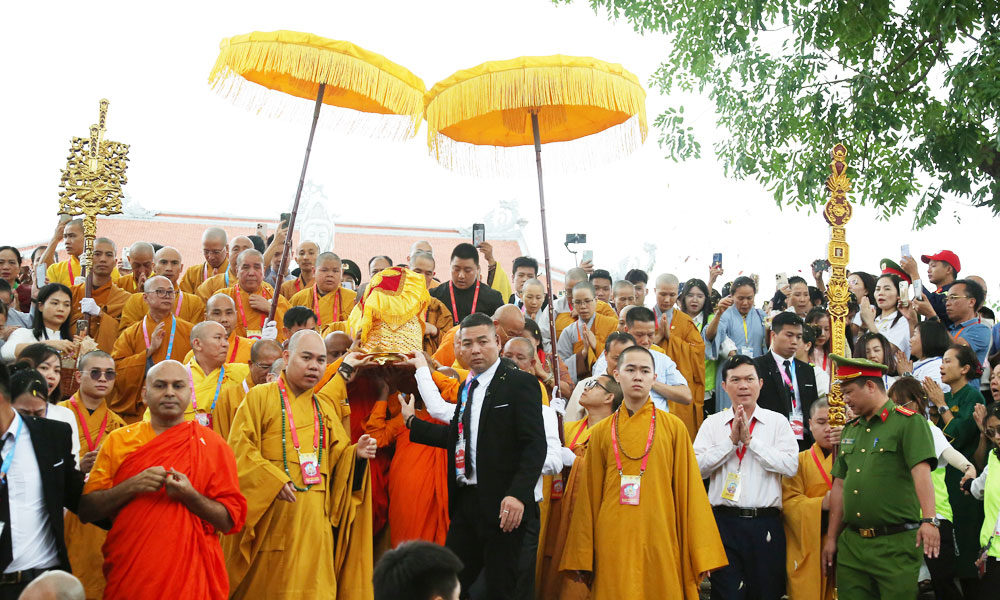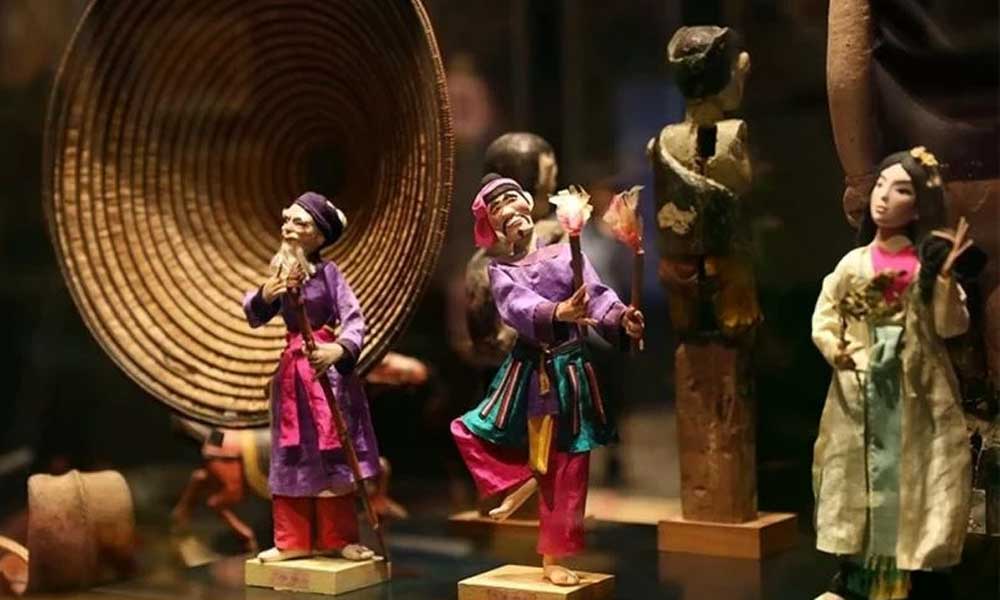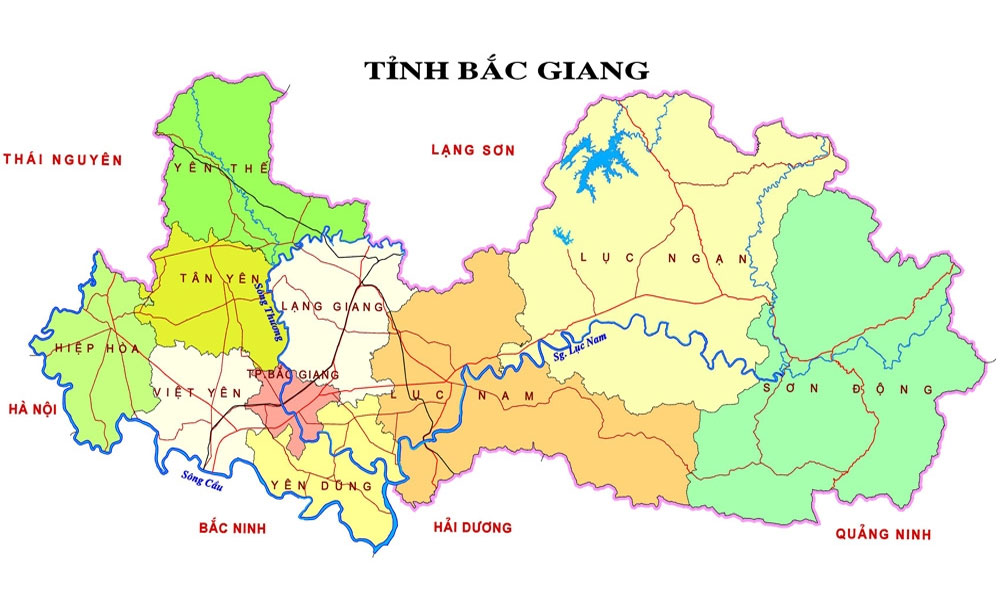Artefacts discovered in UNESCO-recognised citadel
From September 2018 to January 2019, archaeologists excavated an area spanning 400sq.m near the northeastern wall of the citadel and Xuan Dai mountain.
 |
|
The Ho Dynasty Citadel. |
After five months of work, a collection of artifacts was discovered, mainly ancient building materials like bricks, stones, decorations, and daily tools such as porcelain and metal coins used in the Ly, Tran, Ho, and Le dynasties.
On Xuan Dai mountainside, various artefacts were unearthed, including pottery, bricks with Chinese characters, decorative bricks, and many types of tiles.
The results of the excavation are hoped to serve future historical, archaeological, and cultural research, as well as provide scientific foundations for the improvement of the Ho Citadel’s northern gate and the structure inside its stone walls.
The newly-discovered exhibits will be showcased to local residents and visitors in the coming time.
The Ho Dynasty Citadel in Vinh Loc district was Vietnam’s capital under the Ho Dynasty (1398-1407). The dimensions of the citadel, which were built in 1397, are 870m by 883m.
It is the only citadel in the country built entirely of stone that has remained mostly intact throughout the nation’s turbulent history.
According to experts, the structure is an outstanding example of a new style of construction for a Southeast Asian imperial city. It was recognized as a World Cultural Heritage site by UNESCO in 2011.
Source: VNA
 Bắc Ninh
Bắc Ninh















Reader's comments (0)